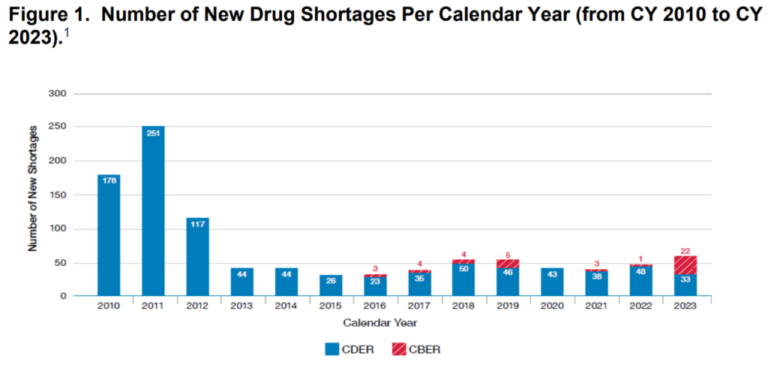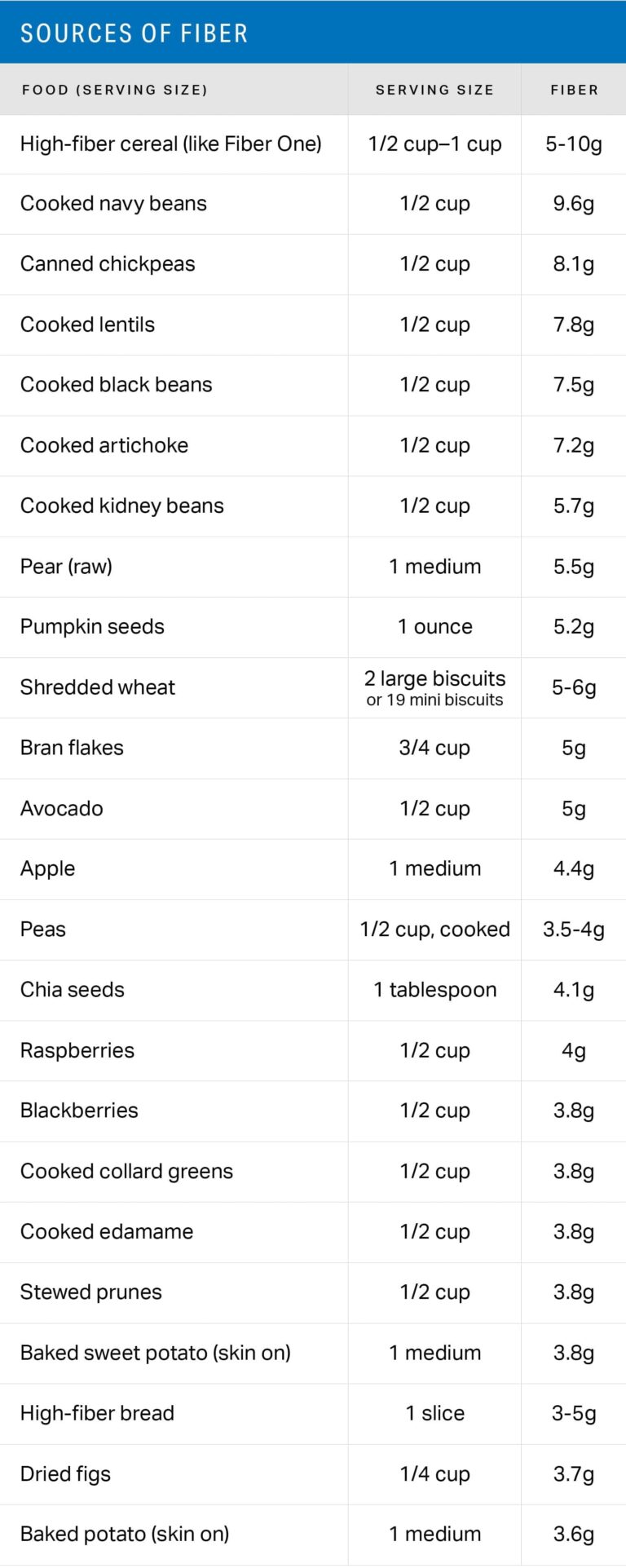
Retailers have been plotting moves in healthcare over decades past — think of Minute Clinic that Target bought, which CVS Health later acquired. Even a couple of years ago, retailers’ moves in healthcare were met with excitement. CVS Health purchased Signify Health and Oak Street Health, Walgreens-backed VillageMD bought Summit Health-CityMD and Amazon acquired One Medical. Many experts said retailers could increase access to healthcare and reach underserved populations due to their large footprint and trusted brands.
But the times they are a-changin’.
Walmart recently announced that it is shuttering its healthcare division, while VillageMD has been closing a series of clinics. CVS Health is reportedly looking for a private equity partner for Oak Street Health. And most recently, Goodlettsville, Tennessee-based Dollar General (the country’s largest retailer by number of stores) and DocGo have mutually decided to end their rural mobile clinic pilot after 18 months, the companies confirmed to MedCity News last week. New York City-based DocGo provides population health programs for governments, value-based arrangements for insurers, medical transportation for hospitals and mobile healthcare programs for patients.
Through the Dollar General/DocGo pilot, the companies put mobile clinics in the parking lots of three Dollar General stores in Tennessee. The clinics provided preventive care, urgent care and chronic condition management services. DocGo accepts insurance, including Medicaid and Medicare, and also has a flat rate fee of $69 per visit for those not using insurance. The pilot was part of Dollar General’s health initiative called DG | Wellbeing, which provides well-being and health products.
The companies did not say why they decided to end the pilot, but one expert believes Dollar General just ran into a lot of healthcare complexities.
“It was a deceivingly complicated model to execute,” said Michael Greeley, cofounder and general partner of Flare Capital Partners, in an interview. “And then there are issues around utilization. One of the reasons why primary care-dedicated clinic settings work is because people will tolerate sitting in a waiting room for an hour. People aren’t going to sit in a Dollar General for an hour.”
Kate Festle, managing director of mergers and acquisitions at West Monroe, a consulting firm in Chicago, noted that the pilot was always experimental. It was only in one state at just a few locations. The company was able to contain costs and wait to see if the pilot was worth investing in more.
“Given that we’re a year and a half into the pilot, my guess is that they haven’t seen the results that they wanted, either from a patient throughput perspective or a reimbursement perspective, at least not enough to justify extending the program,” Festle said in an interview.
Another industry expert agreed with this sentiment. After all, the main reason for retailers to enter into healthcare was ultimately to increase foot traffic to their stores and sales resulting from that.
“The end of this partnership suggests that this particular experiment didn’t prove fruitful for Dollar General, but that may have more to do with the structure of this attempt itself – mobile health units outside of stores didn’t provide the type of attachment to the Dollar General brand that the company hoped for,” said Dr. Michael Botta, co-founder and president of Sesame Care, a health marketplace that has a partnership with Costco.
That doesn’t mean rural communities don’t need more access to care. The care just might be better delivered via telehealth and brick-and-mortar facilities rather than mobile clinics, Botta declared.
Festle added that while it’s not “circumstantial” that the pilot ended soon after Walmart announced the closing of its healthcare line, it’s not an “apples-to-apples comparison.” Walmart had a much more scaled healthcare business with 51 retail primary care clinics across five states and a virtual care business, while Dollar General’s pilot was more narrow. However, they likely faced similar challenges that many retailers are experiencing.
“I think the primary driver just on that broader theme of retailers exiting health endeavors is reimbursement challenges,” Festle said. “The business models between operating a retail store and operating a fee-for-service insurance contracted healthcare clinic are much different. It requires different talent from leadership, different economics. I don’t think that extension [into healthcare] was as seamless as some of the retail operators thought it could be.”
What does this mean for the future of retailers in healthcare?
A Dollar General spokesperson said the company “remains committed to providing access to basic health and wellness products in our more than 20,000 stores across the country.”
But according to Greeley, the “barrier to entry” is much higher now for retailers in healthcare. When it comes to Dollar General in particular, he said he could see selective partnerships in some regions with local hospitals or providers, but nothing national in the near term. Still, partnerships like this would require actually constructing space for healthcare clinics versus the mobile clinics it had with DocGo, he said.
Festle said there will continue to be a “winnowing out” of the active retailers in healthcare. CVS has emerged as a frontrunner in the space (though it’s not without its challenges), she declared. She also sees Amazon continuing to experiment in healthcare and Walgreens will continue its focus as well. But the “jury is out” for more rural community retailers like Walmart and Dollar General, she said.
Nonetheless, while Walmart Health stumbled, there have been some bright spots, like Walmart’s vision services, which are continuing. As for Dollar General, the company will likely be more of a follower than a leader in healthcare.
“I think it would follow the leaders of the pack kind of in the same way that it started this program on the coattails of the other big box retailers’ foray [into healthcare] and ended it on the heels of their exits,” Festle said.
Improving access to care in rural and underserved areas — as Dollar General set out to do with the pilot — is going to ultimately take government action to incentivize more clinicians to work in these communities, she added.
Photo: sdecoret, Getty Images





